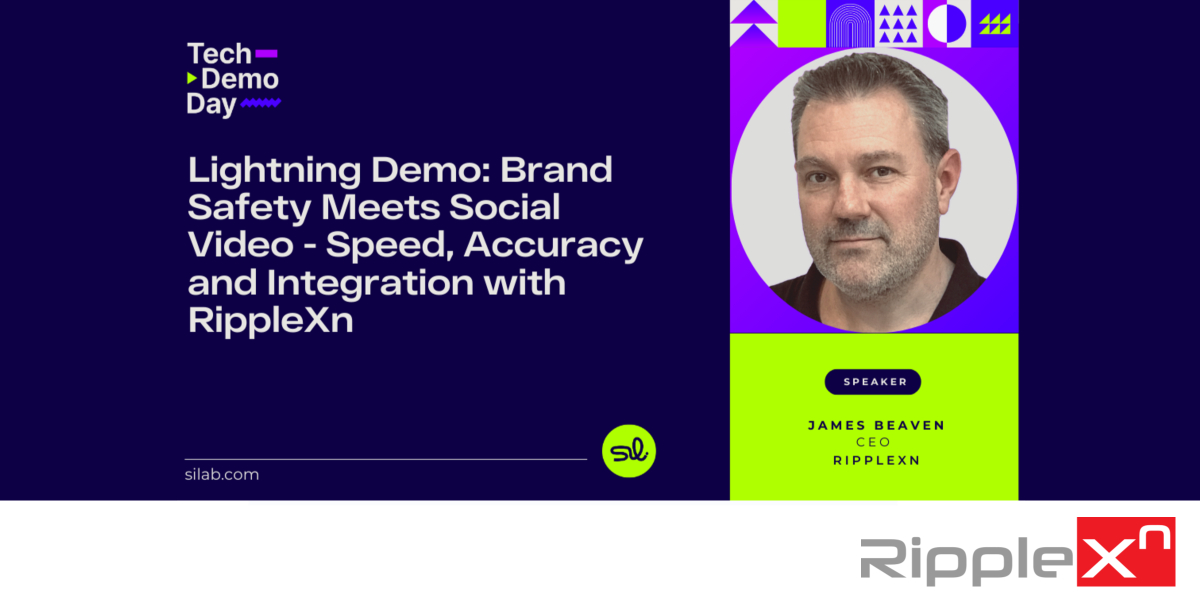On the 23rd March, the UK’s Advertising Standards Authority (ASA) in conjunction with the CMA and CAP updated their guidance for influencers across all social platforms.
Why is this interesting? Well as the old saying goes; ‘Regulation trails innovation’, so there’s an element of catch-up. Moreover, what we’ve seen here is a lot more clarity and definition.
This may be due in part to the recent appointment of the Influencer Marketing Trade Body to CAP (the first new member in over 10 years), or market reports showing rapid increases in Influencer Marketing spend. Either way, clearer guidelines are a good thing.
In our opinion the updated guidance still leans more in the direction of Instagram and Facebook text posts, but there has clearly been more focus applied to video posts this time around.
So what has changed?
Dealing with the biggest updates first, let’s look at; a) what content qualifies as an ad, and b) what you now have to do about it.
Consumer Protection from Unfair Trading Regulations 2008 (CPRs) is the mechanism that makes unfair commercial practices illegal. This is dealt with extensively on page 5 of the guidance, but broadly…
- Using editorial content in the media to promote a product where a trader has paid for the promotion without making that clear in the content or by images or sounds clearly identifiable by the consumer.
- Giving the impression that an individual is acting outside of their business purposes or falsely representing themselves as a consumer.
- Failing to identify a commercial intent behind a social media post.
- Omitting or hiding ‘material’ information, e.g. you're an ambassador for the brand, product or service that you posted content about.
The guidance states:
“If you’ve received payment or any other incentive from a brand, or you are otherwise personally or commercially connected to the brand, any related content will need to make clear that it’s advertising.”
Payment received should be pretty obvious to all of us, but the update deals with the grey area of incentives much more effectively on pages 6 and 7…
“If you have any kind of commercial relationship with a brand, this qualifies as ‘payment’.”
This includes if you are given products, services, trips, hotel stays, event invites, loans, leases, rentals, or shares etc. for free (whether requested or unsolicited).
It doesn’t matter if the brand provides these with no obligation to post, it still qualifies as ‘payment’ and needs to be disclosed.
Ambassador programs and affiliate links are a little more complicated, so we’ll come back to that in another post.
OK, so now it’s clearer that the content is advertising, what’s changed regarding declarations to audiences?
From the guidance:
“To make it sufficiently clear upfront when content is advertising you should, as an absolute minimum, include a prominent label at the beginning - don’t bury the disclosure in many other hashtags or leave it poorly contrasted with the content background. General disclosures separate from the content, also won’t be sufficient.”
This is where we would like to see more detail from the ASA.
It’s now clear the ASA and CMA want a minimum of #AD at the beginning of the posts’ text title (more about labels in a sec), but that may not be practical or sufficient in live streams or long-form VOD, or if clips or short-form derived content are shared without the upfront declaration.
Hopefully we will see additional guidance for social video content later, but for now the content creator and the brand still need to ensure declarations have proximity to the advertised content, making it clear whom the commercial relationship is with and for what product or service.
So in the case of a Twitch livestream, the expectation appears to be; #AD at the beginning of the title, a declaration when the sponsored content is started, i.e. when that game category is selected, or when the brand, product or service is first talked about, then further declarations to inform new viewers joining the stream. Yeah. Not easy. But not impossible.
And finally, hashtags and labels you CAN and CAN'T use:
The ASA and CMA expect the following…
- #Ad
- #Advert
- #Advertising
- #Advertisement
- #AdvertisementFeature
They both advise AGAINST using labels or hashtags including…
- Supported by
- Funded by
- In association with
- In partnership with
- Thanks to [brand] for making this possible
- Made possible by [brand]
- Just tagging the brand in the content
- Gift or Gifted
- Sponsorship, Sponsored, Spon Sp
- Affiliate, Aff, Af, Afflink, Collab
- PR, PRTrip, PRTreatment, PRHaul, PR Stay
- Iworkwith
- brandambassador
- Myedit, mycollection
… Or any other abbreviations or words that consumers are unlikely to be familiar with.
So there we have it. We’re all going to be hearing #AD a lot more.
A great start
We would still like to see clearer specifications for video content regarding onscreen text disclosures, like how big in relation to the screen, where to place (to avoid ad overlays), how often and for how long, what contrasting colours are acceptable, etc.
There’s also an outstanding question of whether existing advertising content up to 12-months old needs to be updated, but we’re still trying to unpack what the implications of that are for the day-to-day of Influencer Marketing.
Overall, as we said, more clarity is a good thing. Time now to see what the other regulators say and do.
Wouldn’t it be great if there were one set of rules the world over?






